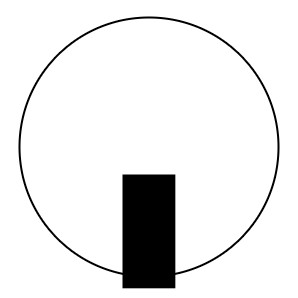


Korean Modern Theatre seeking for its National and Cultural Identity
The development of Korean modern theatre so far could be divided into three stages according to its consciousness of the dual structure of the East and the West. Before modern times, the traditional cultural heritages firmly represented the traditional national identity.
Korean modern theatre one-sidedly received the Western theatre in its first period. The second period is the 70s and the 80s, when Korean modern theatre recognized the importance of self-identity and tried to seek it in traditional cultural heritages.
In the third period after the mid 90s, there began to consider Korean traditional theatrical heritages as a part of the world heritages and to reform them to meet modern senses.
The real theatrical clash of the East and the West began in the second period. Though there has been a few theatre people like Youngjin Oh to seek for its theatrical roots, it was not until the 70s that Korean theatre seriously thought of its dual structure. From the 60s, there began a movement to preserve Korean traditional cultural heritages such as mask-dance theatres. However, it was not until the 70s that Korean theatre began to experiment to revive its heritages in the overwhelmingly western-oriented modern theatre.
There began to attempt to apply the traditional theatrical heritages such as masks and dances to the western-style Korean modern theatre in the 70s. Kyu Hur of Minyae Theatre Company, Dukhyong Yoo and Minsoo An of the Drama Center, and Jungok Kim of Jayu Theatre Company are the representatives of these experiments. Each director has his own approach to the tradition. [more]